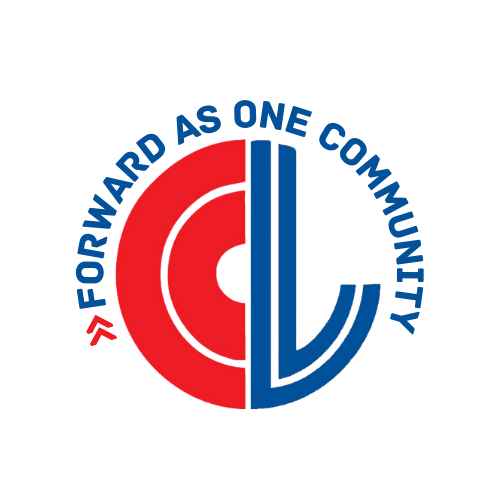Helping Customers Move Past “Let Me Think About It”
Has this happened to you? Whether online or in-person, there’s a customer who lingers, hesitates. They’re eyeing your item or menu. They’re asking questions about it. You think they’re going to buy and then they walk away or abandon their online cart without making a decision. They don’t say no, they just don’t say yes.
When you see someone who’s interested, but then walks away, it’s likely not your product or service that’s the problem. It’s the fear of a better option.
The problem for most people is that there are endless options that are just a click away. Customers are paralyzed by choice. They scroll through product pages, read countless reviews, and compare minor details, all while wondering, “What if there’s something better?”
Businesses in every industry (from retail to professional services) are affected by this modern dilemma.
The good news?
It’s not a lost cause.
Helping Them Say Yes
You can help your customers move past this hesitation by simplifying the buying process and making it easier to say “yes” with confidence. Here’s how:
Clarity
The first step is clarity. Too often, businesses overwhelm customers by offering too many choices or using jargon-filled explanations. Customers don’t want to decode your options. They want a clear, obvious path forward.
Think of your products or services like traffic signs: simple, direct, and impossible to misunderstand. Package your services into clear tiers, like beginner, advanced, and premium, or create curated product bundles that take the guesswork out of choosing. When customers see fewer, well-explained options, they’re more likely to decide and less likely to second-guess it.
Tell Stories
Stories also help you cut through decision paralysis. People connect with outcomes, not features. Don’t just list the specifications of your product. Share the success story of a customer who solved a problem with it. Show the transformation, the benefit, the end result.
Reviews
When people see the positive impact on others, it creates trust and minimizes the fear that they’re making the wrong choice. In fact, according to PowerReviews, 95% of consumers read the customer reviews before making a purchase online. These reviews are pivotal to increasing revenue. Instead of customers feeling like they’re alone in the decision and aren’t sure what to do, reviews have a way of convincing them and they ultimately follow the crowd. Reviews also provide proof that your business delivers results.
The Cool Kids
If you’ve ever been to a restaurant and chosen the “house favorite,” or you’ve gone to a bookstore and selected the “Editor’s Pick” you’ve experienced the power of social proof.
You can use this same tactic in your business by guiding your customers to your most popular offerings. Label your best-sellers or staff favorites clearly. People feel more comfortable making a decision when they know others have done the same and had a good experience. It’s a simple psychological nudge that reassures customers they are making a safe, smart choice because others have before them.
Transparency
Transparency also builds confidence. One reason customers hesitate is fear of being locked into a bad decision. You can remove this roadblock with easy-to-understand policies like satisfaction guaranteed or flexible return options. When people know they have a way out, they are far more willing to commit. Even if your business doesn’t offer refunds, being upfront about expectations and outcomes creates trust and reduces anxiety around purchasing.
Step by Step
Another overlooked strategy is to guide customers through the process personally. Especially in service industries, potential clients often don’t take action simply because they don’t know what happens next. Make it crystal clear. Explain the process after purchase step by step. Show them how you’ll take care of them from start to finish. By reducing uncertainty and clarifying next steps, you’ll eliminate much of the hesitation that stalls sales.
Urgency
Finally, create urgency in a way that feels helpful, not pushy. Limited-time offers, early bird pricing, or exclusive access to new products can nudge customers toward action by showing them there’s value in deciding now, not later. People fear missing out just as much as they fear making the wrong choice. You can use this natural tendency to help customers break free from endless deliberation and feel good about their decision.
Simplifying the buying process isn’t about tricking customers into a sale or smooth-talking. It’s about creating a frictionless and clearer path to saying yes. When you make it easy to choose, easy to understand, and easy to feel good after the purchase, you’ll find your customers more willing to buy and happier to return.
---------------
Christina Metcalf is a writer and women’s speaker who believes in the power of story. She works with small businesses, chambers of commerce, and business professionals who want to make an impression and grow a loyal customer/member base. She is the author of The Glinda Principle, rediscovering the magic within.
_______________________________________
Medium: @christinametcalf
Facebook: @tellyourstorygetemtalking
Instagram: @christinametcalfauthor
LinkedIn: @christinagsmith




